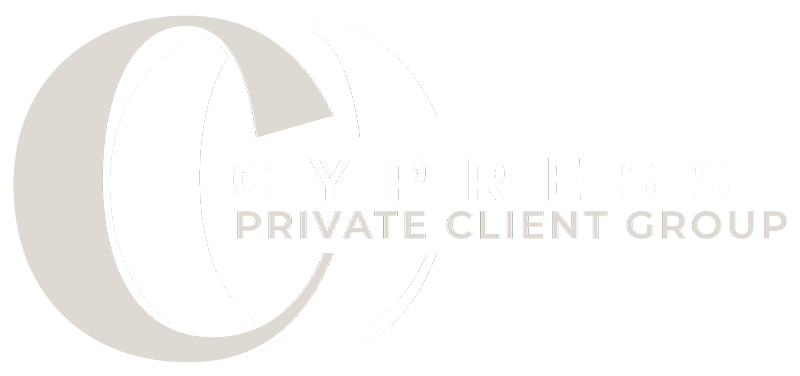Want to pay less taxes? If given a way to legally reduce tax liability, most Americans would welcome that opportunity with open arms. But methods for doing so aren’t always obvious—and may be tricky in certain circumstances. Two such situations include working in the gig economy and navigating required minimum distributions (RMDs) from retirement accounts. Let’s explore strategic tax planning options for both cases.
Tax Planning for Gig Workers
The gig economy refers to the rise in freelance work through apps such as Uber, TaskRabbit, DoorDash, and Etsy. As a gig worker, you have the flexibility to work on your own time and be your own boss, but you’re responsible for managing your income, expenses, and tax obligations. This could prove difficult and time-consuming, especially if you aren’t well-versed in tax law. There are ways, however, for freelancers to reduce their tax burden and comply with IRS rules and regulations.
Track business expenses and deductions. As a gig worker, you can deduct business expenses from your taxable income. These might include home office expenses, equipment, supplies, and travel expenses. Keeping track of your expenses throughout the year can help maximize deductions and lower taxable income.
Learn about tax deductions for freelancers. Gig economy jobs are viewed as independent contract roles by the IRS and are therefore eligible for various tax deductions aside from business expenses. These include deductions for health insurance, retirement contributions, and even a portion of self-employment taxes. Understanding these deductions will help reduce overall tax liabilities; your financial advisor can help clarify which expenses qualify.
Contribute to retirement accounts. When performing freelance work, you don’t have an employer-sponsored retirement plan but can still contribute to a traditional IRA or Roth IRA to save for the future. Contributions to traditional IRAs are tax deductible, whereas contributions to Roth IRAs are not tax deductible but grow tax free. Contributing to a retirement account may reduce your taxable income and provide long-term savings.
Consider estimated quarterly tax payments. Gig workers, who often receive income without taxes withheld, are responsible for paying estimated taxes throughout the year. You can use tax software or an accountant to calculate your estimated taxes and ensure that you are paying the right amount. Making quarterly estimated tax payments can help avoid penalties and ensure that taxes are paid throughout the year rather than in one lump sum during tax season.
Using RMDs for Tax Planning in Retirement
As baby boomers retire and life expectancy increases, tax planning for retirement is becoming increasingly important for American workers. One way to maximize tax savings in retirement is through RMDs. You’re required to take RMDs from certain retirement accounts the year you turn 73. Withdrawing them, however, could result in a large tax bill because these are considered taxable income. Here’s how to cut down on what you’ll owe.
Withdraw more early on. You can start withdrawing money from retirement accounts without a tax penalty at age 59½. If you expect to be in a lower tax bracket when you retire, it could help to take larger distributions at the beginning of your retirement to reduce your account balance and lower your RMDs later (reducing the taxes you owe on them).
Make charitable donations. Another way to reduce your tax liabilities is by donating your RMD to a qualified charity. This strategy, known as a qualified charitable distribution (QCD), satisfies RMD requirements and can reduce your taxable income while supporting a cause you care about. Just note the following requirements:You must be 70½ or older.
You are limited to $105,000 in 2024.
The QCD must be made directly from the trustee of the IRA to the charity.
You won’t be able to claim a QCD as a charitable deduction on your taxes.
Consider a Roth IRA conversion. Although you will be taxed on retirement funds you convert to a Roth IRA at the time of conversion, future withdrawals from a Roth IRA are tax free. The onetime tax payment might be worth paying so you can avoid RMDs altogether and withdraw the money later without paying taxes on it. Strategic Roth conversions can help manage tax brackets in retirement, but they aren’t the right move for everyone, so discuss this possibility with your financial advisor and a tax professional before proceeding.
Coordinate with social security. If you’re able to withdraw funds from your tax-deferred retirement accounts before you claim social security benefits, you may minimize tax liabilities. Also, if taking distributions from your retirement funds allows you to delay collecting social security beyond your full retirement age, your benefit will increase.
Reducing your tax bill sounds great, but it requires careful planning and understanding of tax laws. Whether you’re a gig worker hoping to take advantage of deductions, a retiree trying to use RMDs to your advantage, or you’re looking at another possible way to legally reduce what you owe the IRS, please reach out to us. We’d love to help with your strategic tax planning. As always, we aim to help you make the most informed decision to optimize your financial well-being.
This material has been provided for general informational purposes only and does not constitute tax, legal, or investment advice. Although we go to great lengths to make sure our information is accurate and useful, we recommend you consult a qualified professional regarding your situation. Commonwealth Financial Network does not provide tax or legal advice.
© 2023 Commonwealth Financial Network®


